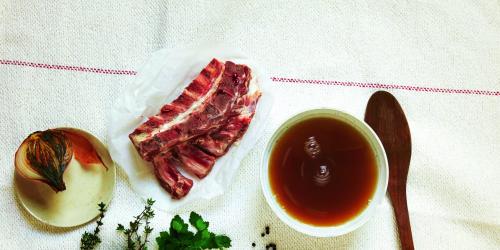Cocoa, a good taste of hazelnut, a caressing smoothness ... The Nutella, often imitated, never equaled according to its amateurs, would have secretly changed its recipe not long ago. Information revealed by a German consumer association and confirmed by its manufacturer, the Ferrero group, to several media Monday 6 and Tuesday 7 November 2017.
Yet, if Nutella unleashes passions (and addictions) since 1964, it is thanks to its unique composition.
A modified composition in Germany and France
Several elements have aroused the curiosity of the Verbraucherzentrale Hamburg association: the color of the dough, which has become slightly clearer, the increase in the quantity of milk powder, which goes from 7.5 to 8.7%, but also that of cocoa.
A new German version that contains more sugars (56.3% instead of 55.9%), but less fat (30.9% against 31.8%) as confirmed by a post posted on Facebook by the association Monday, November 2nd.
In France, the new recipe is still different from that produced in Germany. "Some adjustments" in the composition of pasta made in the French factory Villers-Ecalles in Seine-Maritime have indeed been confirmed by Ferrero 76Actu site .
"Whey powder, a by-product of milk, has been replaced by a slight increase in the amount of skimmed milk powder already in. The quality of the product is unchanged, as is its taste and texture," he said. Italian industrialist.
Modifications that make it a less fat product (30.9g fat instead of 31.6 per 100g), less sweet (57.5g of carbohydrates -of which 56.3g of sugar- instead of 57.6 -of which 56.8g of sugar) and even less salty (0.107g instead of 0.114g).
The amount of palm oil, an ingredient vilified by global organizations that consider the exploitation of this vegetable oil as responsible for deforestation and the disappearance of many species, remains similar.
Nutella, a controversial food bestseller
Failing to be counted in the 5 fruits and vegetables recommended per day (well yes there are nuts, no?), The Nutella divides for many years on its composition and its aggressive marketing of happiness without bounds.
Dark side of this perfect picture of the perfect family in a perfect world? The associations are rising for a better transparency on the exact components of the recipe and a recognition of the risk of obesity on the pots.
Real tranquilizer that agitates serotonin, this famous "hormone of happiness", it brings us undeniably to the comfortable cocoon of childhood. And the sugar and fat that it contains act directly on our brain to create both the feeling of comfort and appeasement or, in some cases, a real addiction. A food considered dangerous, therefore.
A sweet addiction
And if most dieticians converse at its mere mention, the diabolical spread is still a major source of vitamins and energy. Vitamin E, iron, calcium, magnesium ... Consumed in moderation, it ideally accompanies sandwiches for champion breakfasts or regressive snacks.
Comforting, it is also lent antistress virtues that can nevertheless lead to addiction! Who did not find one day to scrape the bottom of the pot with the big spoon?



